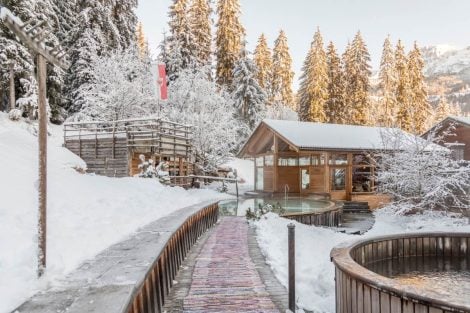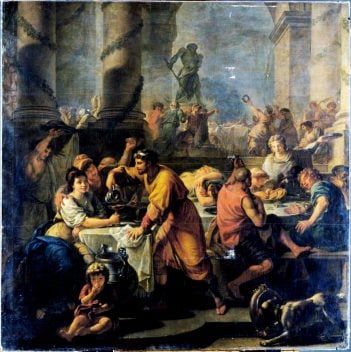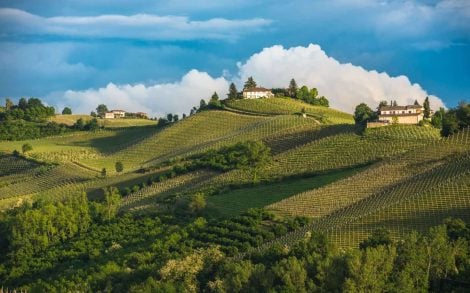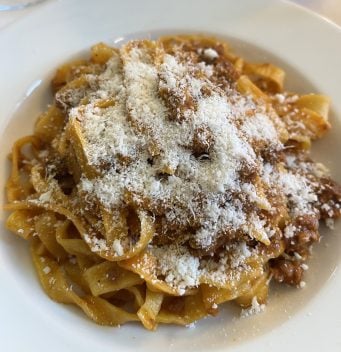by Simona Sirianni
In the south-eastern part of Milan, where the city begins to change skin, one of the most eagerly awaited openings of the summer has taken shape: the Oasi Ca’ Granda, an agricultural area that also serves as a place for gatherings, food culture and rural hospitality. We are just a stone’s throw from the heart of the metropolis, specifically in Via Ripamonti, but the atmosphere is that of the pre-industrial Po Valley—only today we speak of agroforestry, sustainability and short supply chains. The project is the result of collaboration between the Fondazione Patrimonio Ca’ Granda, which manages over 8,000 hectares of historic land belonging to the old Ospedale Maggiore, and Floresta, a young agricultural enterprise founded by Christian Russo and Omar Bertoni, two young men with backgrounds in communication and architecture who have literally chosen to get their hands dirty to shape a new rural ecosystem.
Oasi Ca’ Granda: the birth of the rural aperitif
Summer 2025 marks the start of the Oasi’s public programme, and it does so in the name of conviviality. From 26 June, every Thursday, Friday, Saturday and Sunday, the field becomes an agricultural lounge. Visitors can stroll among synergistic gardens and fruit orchards designed according to agroforestry principles, peer over wetlands where herons and toads are returning, practise yoga or listen to music on a circular stage made of hay bales. And then, at last, comes the time to eat and drink. The format is simple and thoughtful: two agricultural cocktails and a gourmet basket for two people at €30. The ingredients speak of real soil and local suppliers: cherry tomatoes, strawberries and peppers from the Oasi (depending on the season), Genoese focaccia and bread from BUM, the artisanal bakery just opposite the entrance, dairy products from Zipo—small delicacies selected with care. A simple but honest menu, designed to highlight what the land and the short supply chain have to offer.
The bistrot to come: agricultural cuisine and self-production
But the heart of the project beats beyond the aperitif. Floresta and the Foundation are working on restoring the rural buildings of Cascina Brandezzata, which will become a guesthouse, a farm shop, a mill for processing locally grown grain and, above all, a peasant-style bistrot where the kitchen is a direct extension of the fields. Here, dishes are not created on paper but arise from a daily relationship with the soil, the seasons and the ecosystems. It will not be a classic agriturismo, nor an urban restaurant with a showy garden, but a new model—radically agricultural—where seed care is an integral part of culinary conception. A kind of “circular kitchen”, where every agricultural gesture has a consequence on the table.
A new language for urban agriculture
Oasi Ca’ Granda is not an isolated case but part of a wider movement that is rewriting the relationship between cities and agriculture. In Milan, for example, Cascina Sant’Ambrogio, managed by CasciNet, has become a point of reference for social farming and urban regeneration, with projects ranging from permaculture to sustainable catering. Slightly further north, in Parco Nord, the OrtoComune Niguarda involves citizens in a collective garden where rare varieties are cultivated together, with a strong social and educational impact. Even outside Lombardy, the ferment is evident: in Turin, the startup Citiculture is planting urban vineyards in corporate and school contexts, while at Cascina Falchera a model of shared peri-urban farming is being tested. In Bologna, projects such as Kilowatt and VETRO are transforming former greenhouses and abandoned spaces into agricultural and cultural hubs. What distinguishes the Oasi Ca’ Granda, however, is its profound historical layering: it has roots in fifteenth-century bequests and a unique logistical position—between the fields and the city, just a short walk from the metro line and in a Milan that is rediscovering, perhaps without even realising, a city that cultivates, walks, tastes, listens and takes its time.
An oasis in every sense of the word
Oasi Ca’ Granda does not merely play at sustainability—it practises it. Sowing, cultivation and care are part of a concrete and daily vision. Here, every portion of field serves a purpose that goes beyond production: it is observation, learning, relationship. It is not a rural set to be photographed, but a real agricultural environment, offered to the city as a living and accessible space. Food, in this context, is not a fabricated story—it is a fact. It has a traceable origin, a respected seasonality, and a straightforward preparation. The idea, in short, is to start again from the agricultural landscape as cultural infrastructure. To give food a longer timeframe, a true origin, a narrative that begins with the soil and ends in the glass. And who knows—perhaps in a few summers’ time, we might say that the best tartare in Milan isn’t eaten in the city centre, but in a field in front of the herons.

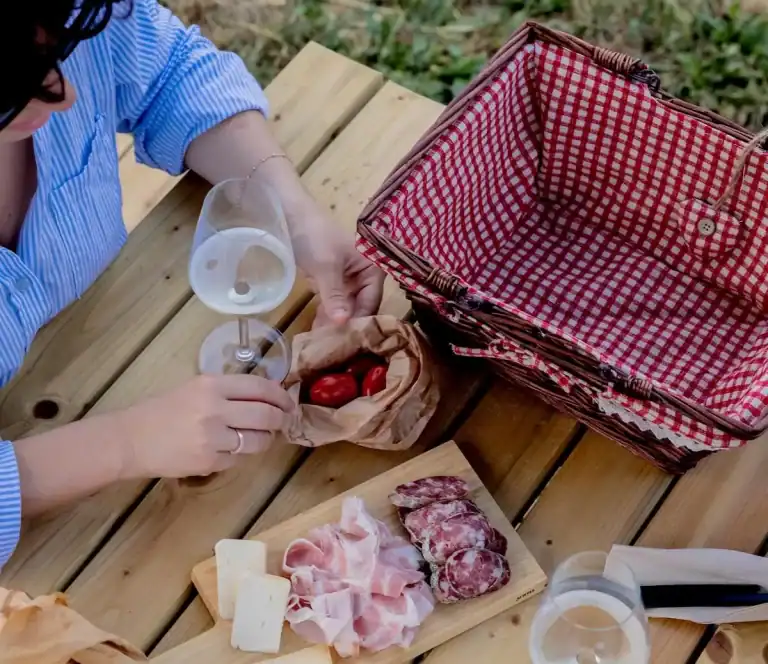
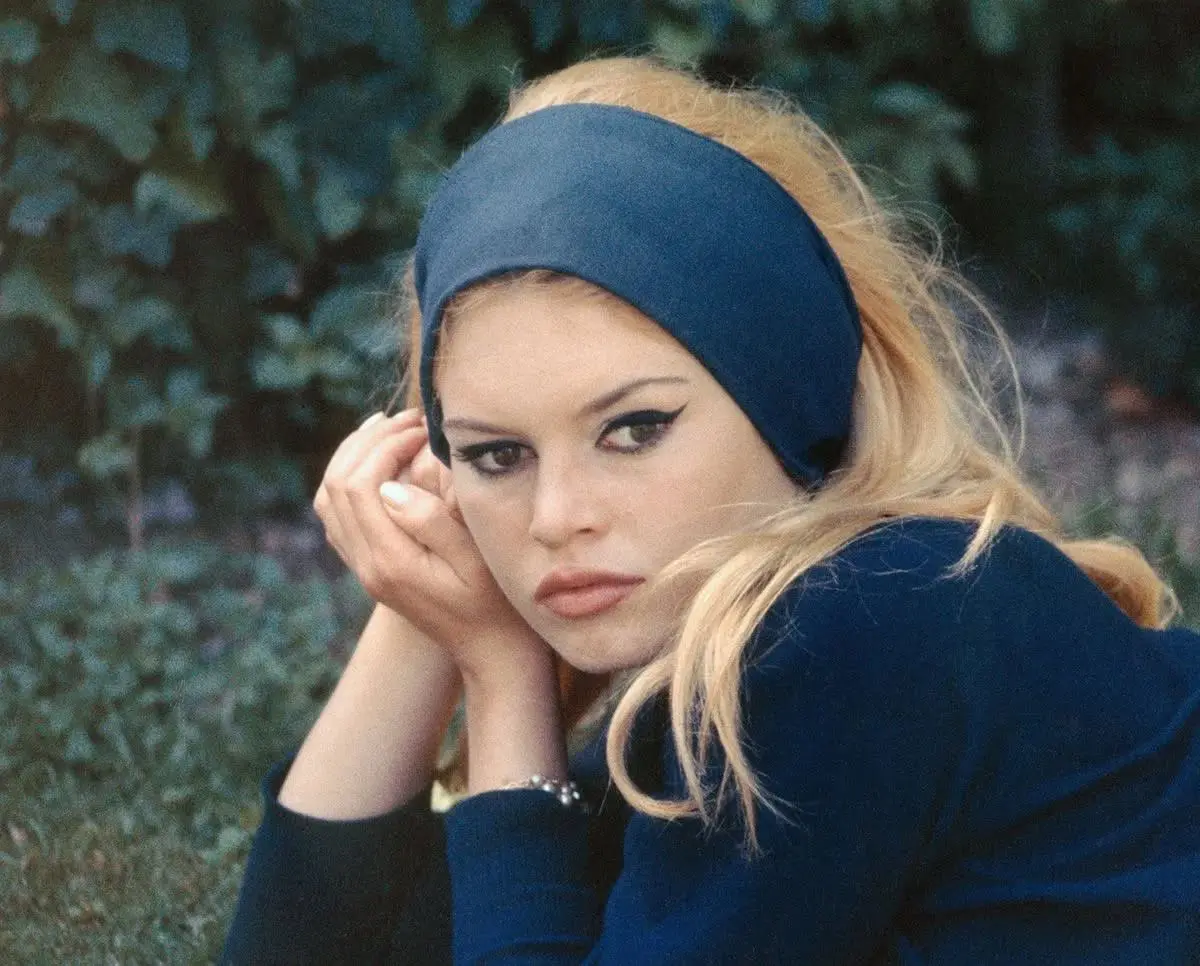 Brigitte Bardot’s final rosé: the wine that marks the end of an icon
Brigitte Bardot’s final rosé: the wine that marks the end of an icon What you need to know about Italy's new decree on dealcoholised wine
What you need to know about Italy's new decree on dealcoholised wine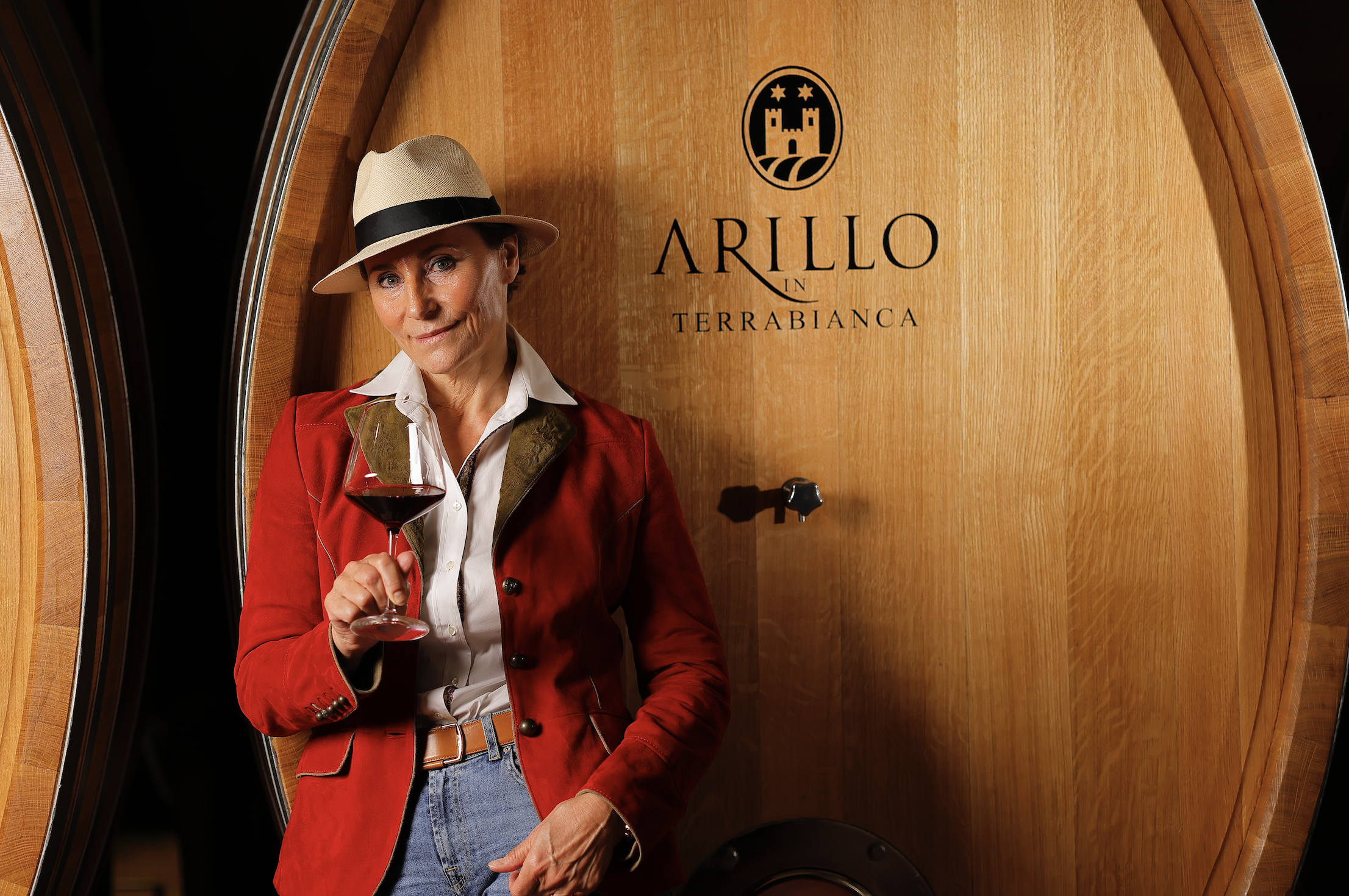 Why Arillo in Terrabianca's organic approach is paying off
Why Arillo in Terrabianca's organic approach is paying off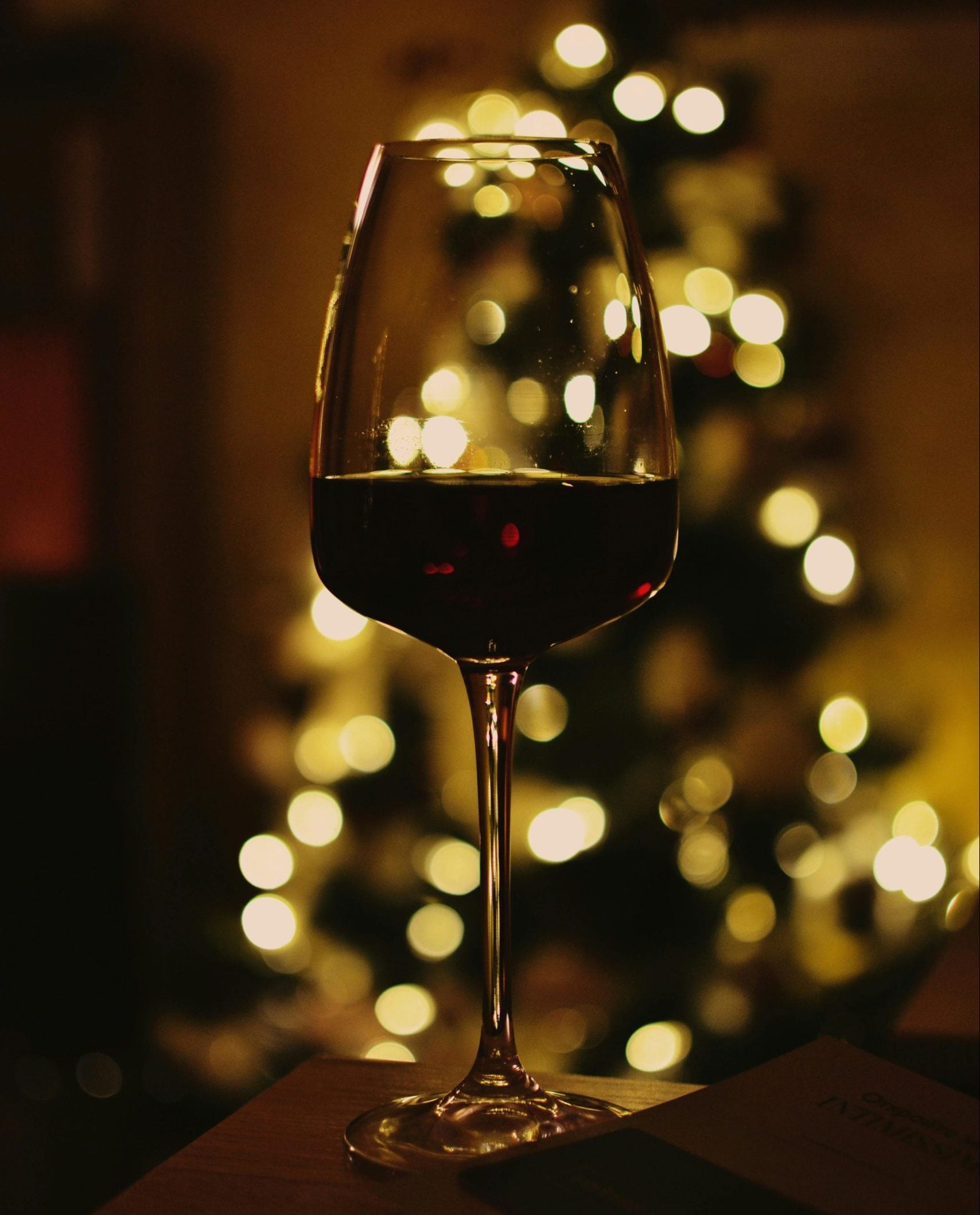 What do sommeliers drink at Christmas?
What do sommeliers drink at Christmas?
